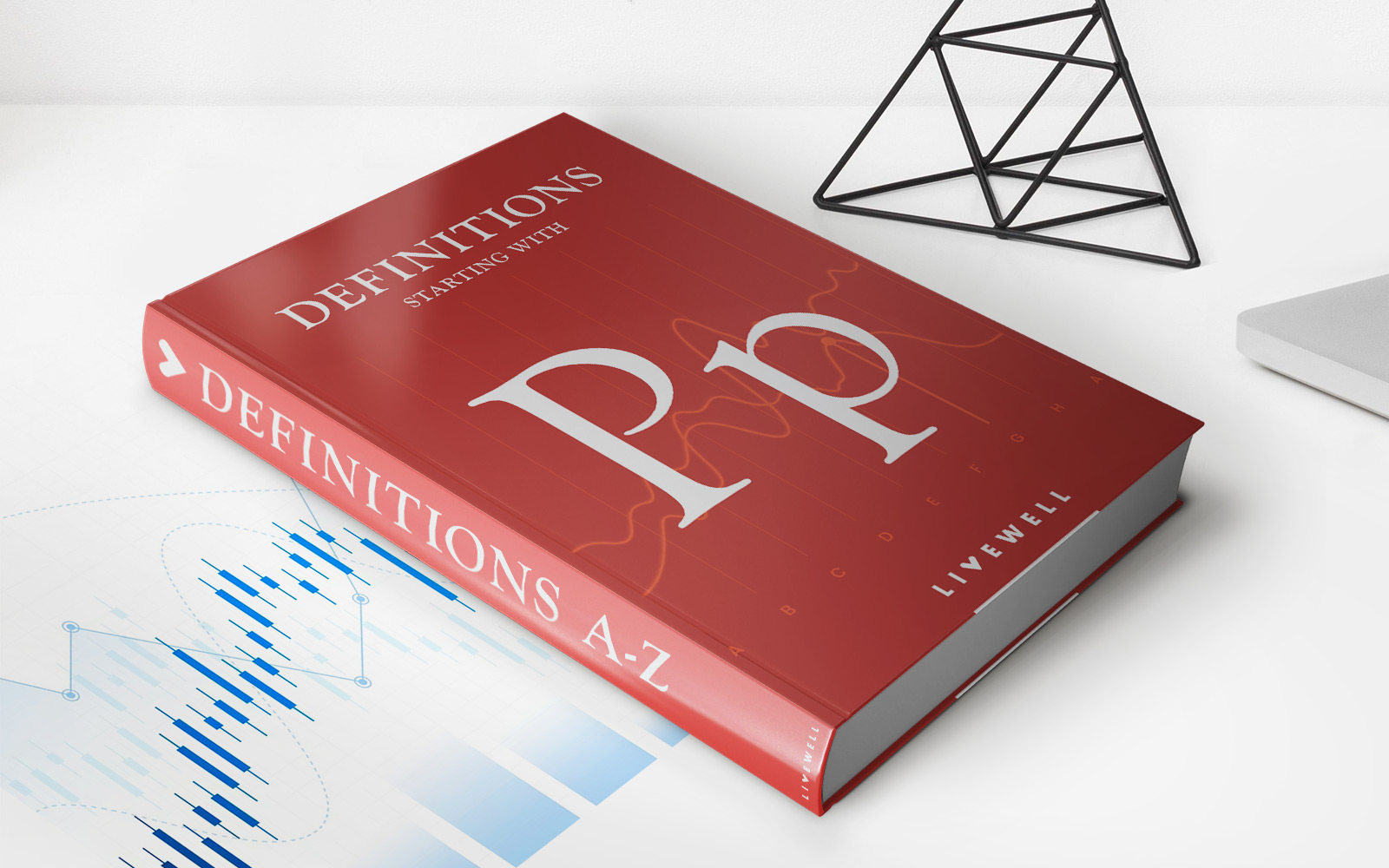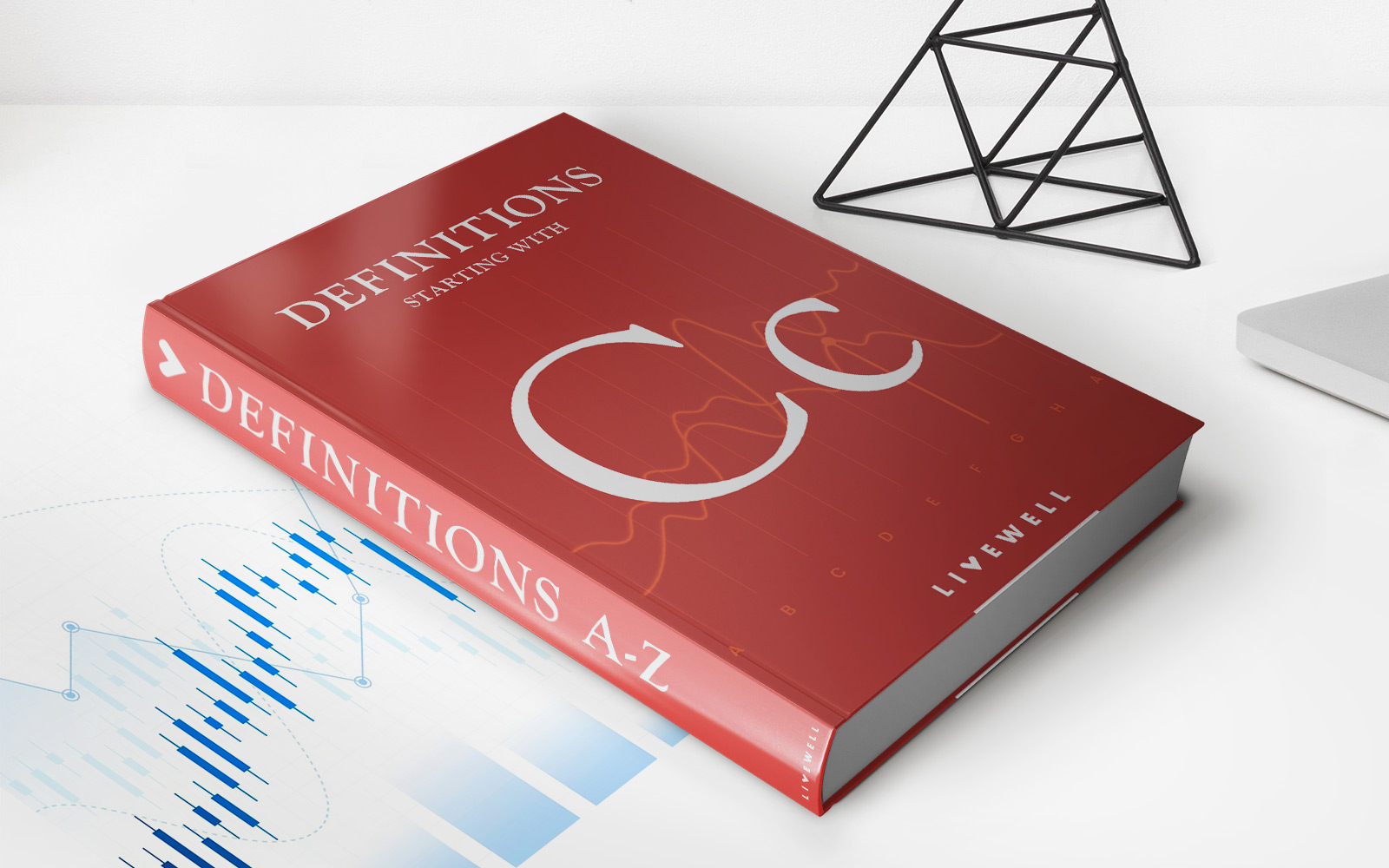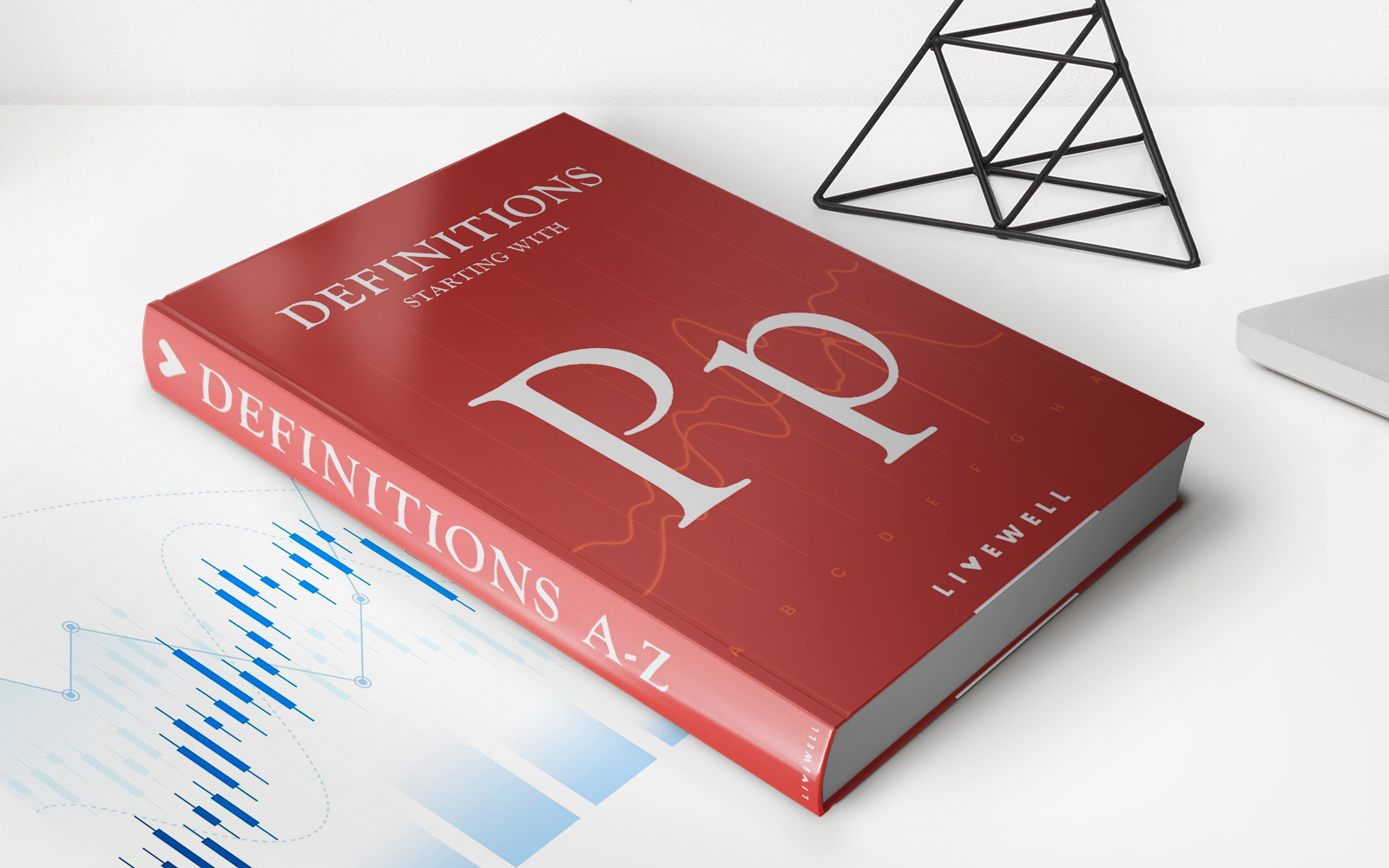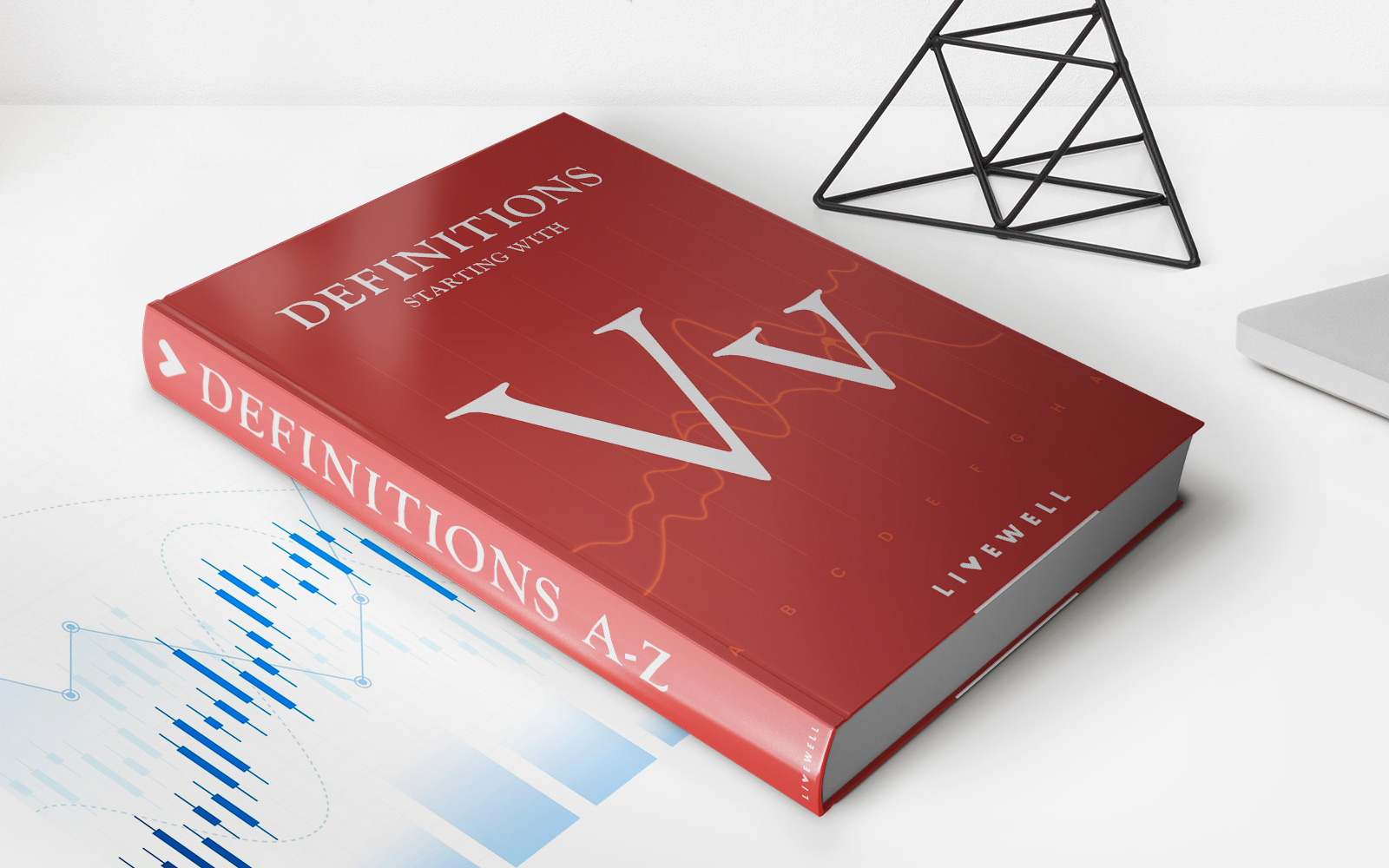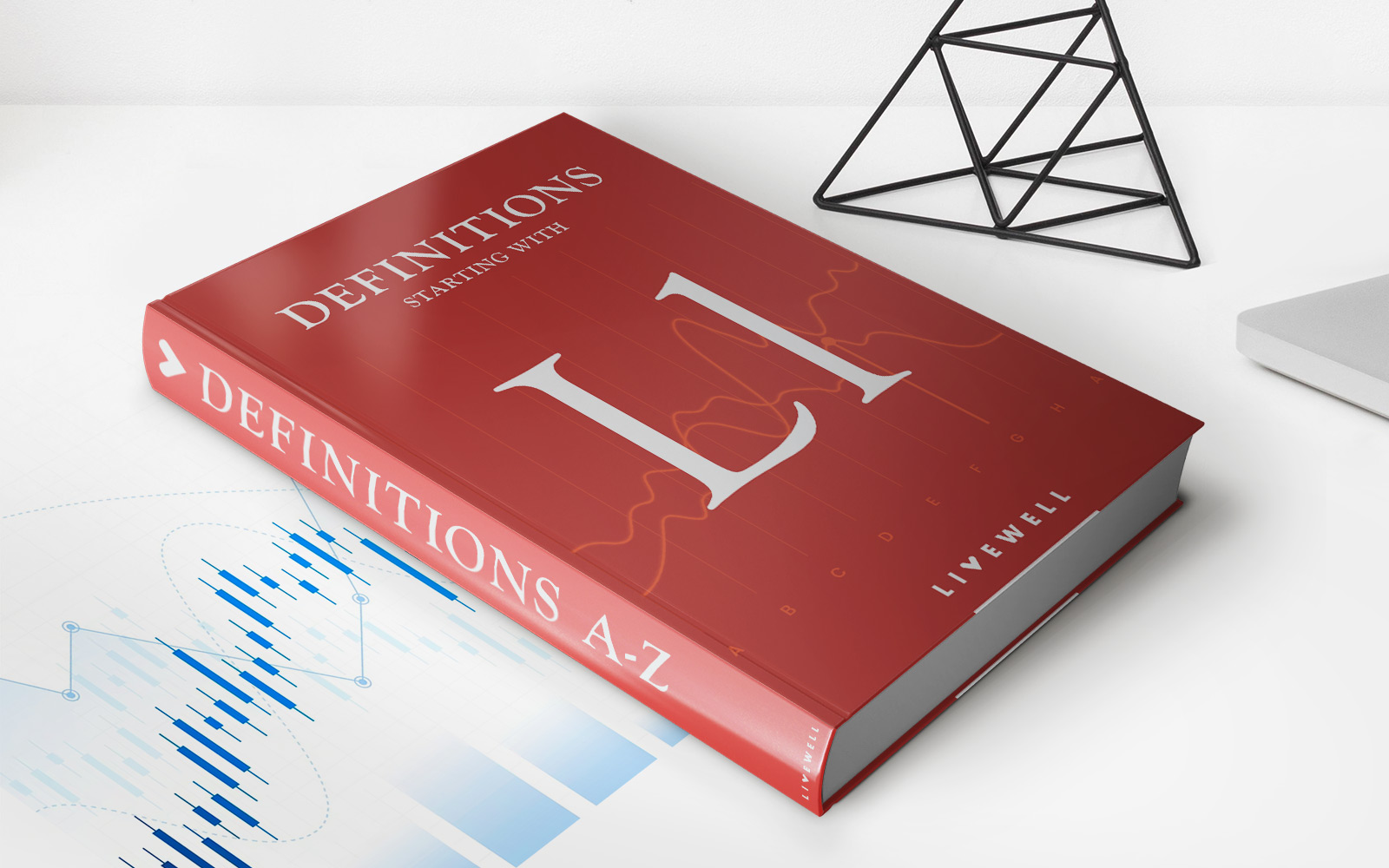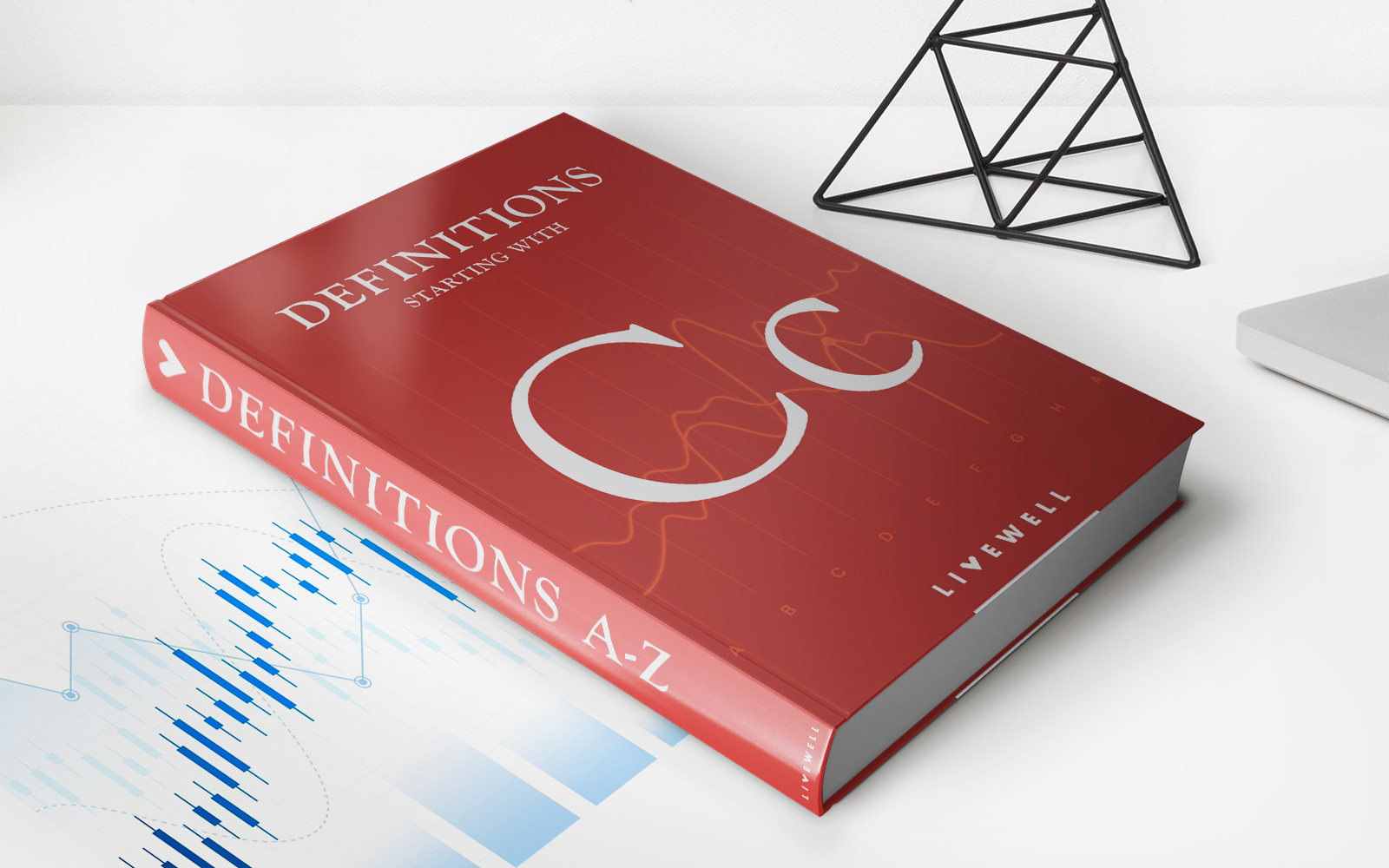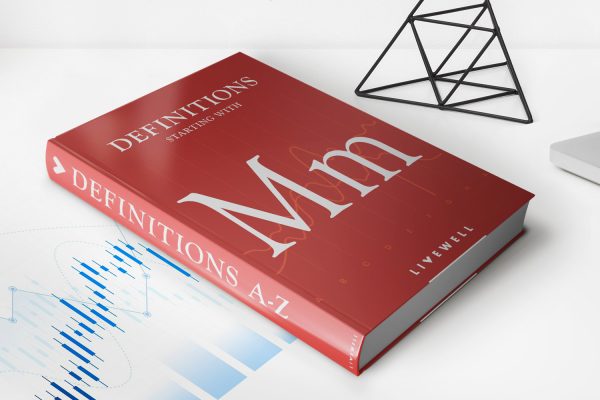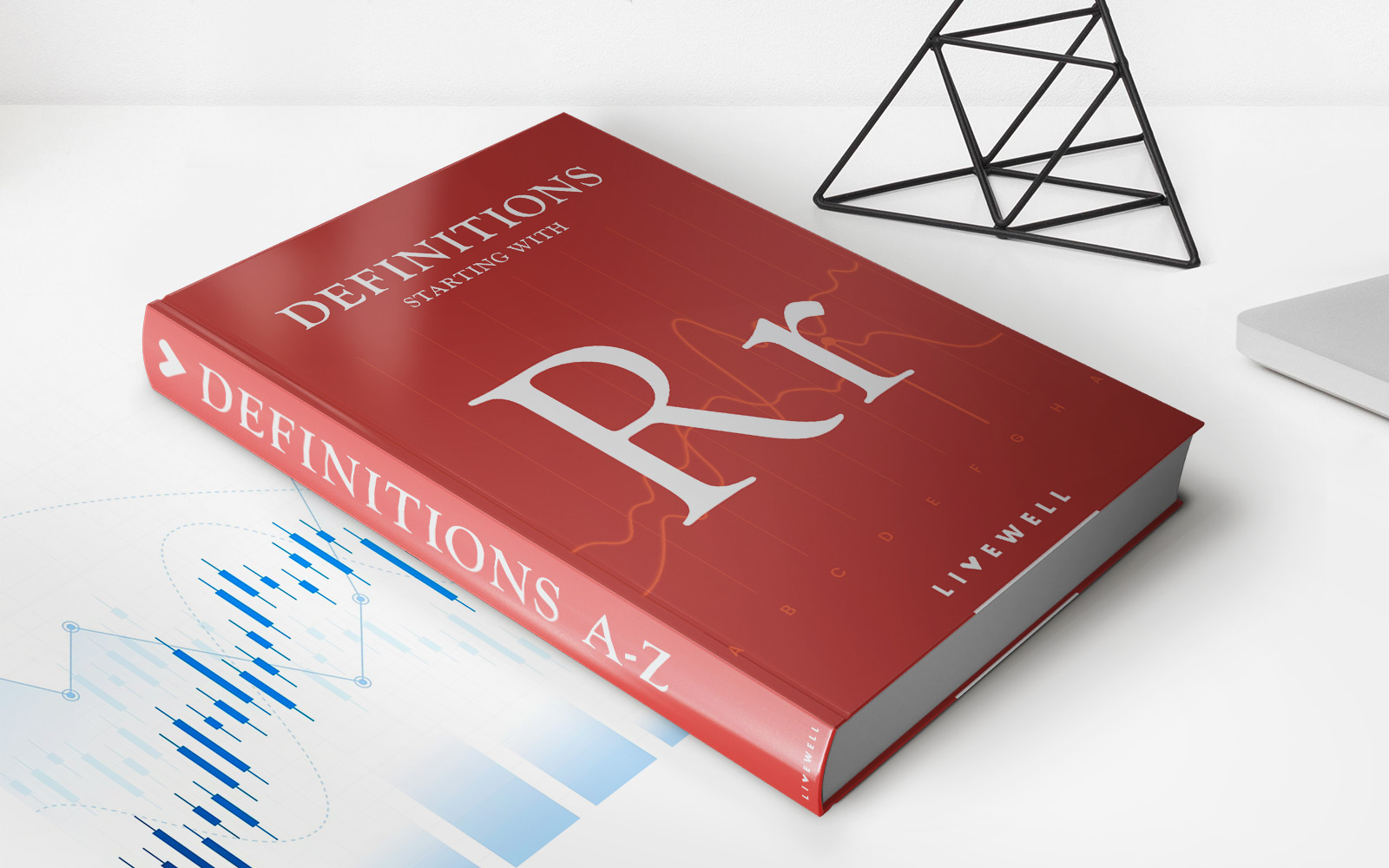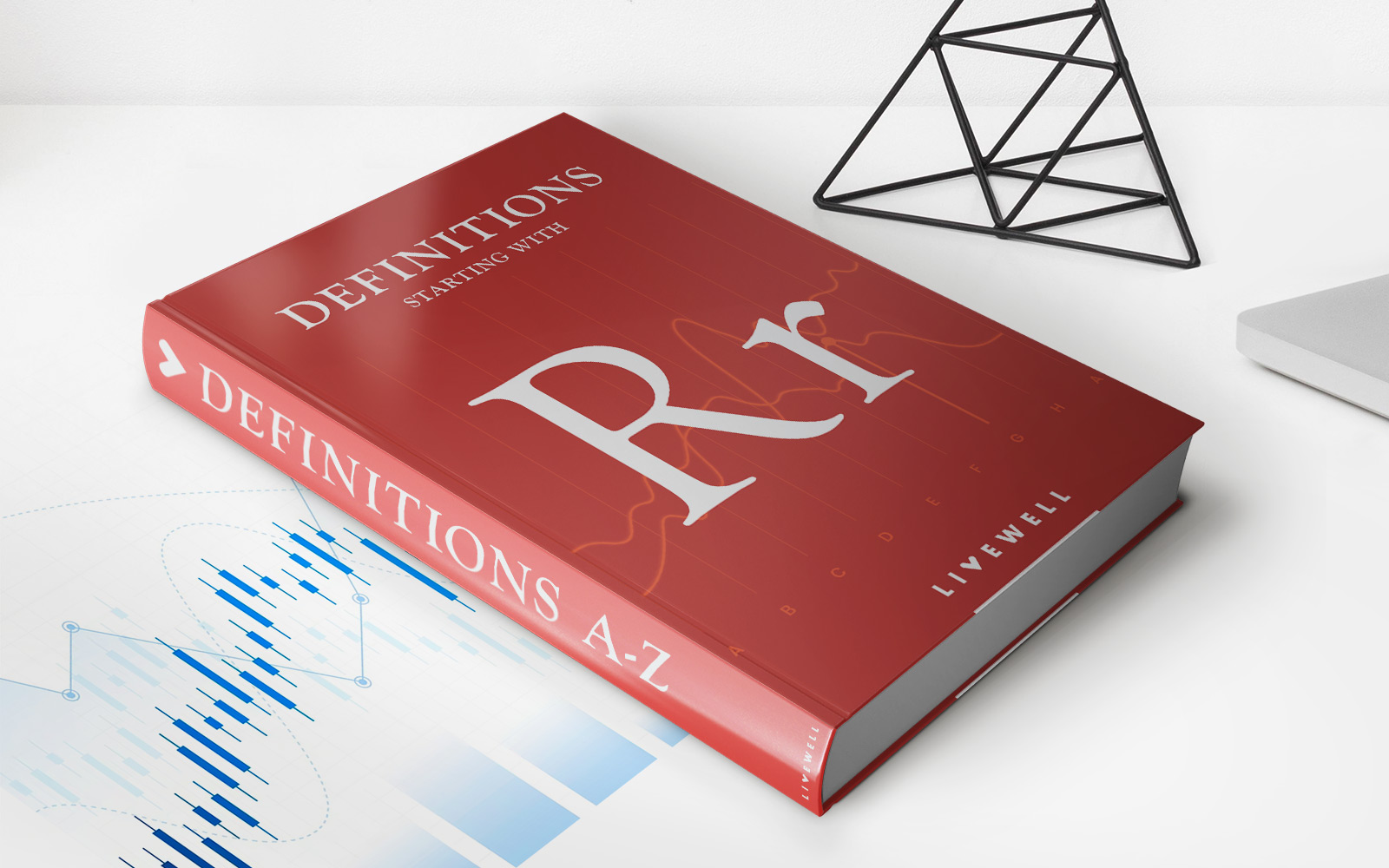

Finance
Reserve Maintenance Period Definition
Published: January 19, 2024
Learn the meaning of reserve maintenance period in finance and its significance. Discover how it impacts financial stability and planning.
(Many of the links in this article redirect to a specific reviewed product. Your purchase of these products through affiliate links helps to generate commission for LiveWell, at no extra cost. Learn more)
Understanding the Reserve Maintenance Period: A Key to Financial Stability
When it comes to managing our finances, it’s essential to have a solid understanding of the terms and concepts that govern the world of banking and finance. One such concept is the Reserve Maintenance Period. In this blog post, we’ll dive into the definition and importance of the Reserve Maintenance Period, shedding light on an often overlooked but crucial aspect of financial stability.
Key Takeaways:
- The Reserve Maintenance Period is a specific timeframe set by central banks to ensure that commercial banks maintain a minimum reserve requirement.
- During this period, banks are required to monitor and adjust their reserves to meet the central bank’s regulations, helping to maintain stability in the financial system.
What is the Reserve Maintenance Period?
The Reserve Maintenance Period can be best described as a specific period, often a week or a month, during which commercial banks are required to maintain a minimum reserve requirement set by the central bank. The purpose of this requirement is to ensure that banks have enough funds on hand to meet the demands of their depositors and to maintain stability in the financial system as a whole.
During the Reserve Maintenance Period, banks are required to monitor their reserves carefully. If their reserves fall below the minimum requirement, they must take corrective action, such as borrowing funds from other banks or the central bank, to bring their reserves back to the required level. Conversely, if their reserves exceed the required amount, they may invest the surplus funds to earn interest or lend them to other banks in need.
Importance of the Reserve Maintenance Period
The Reserve Maintenance Period plays a crucial role in maintaining financial stability. Here’s why:
- Ensuring Liquidity: By mandating that banks maintain a minimum reserve requirement, central banks ensure that there is enough liquidity in the financial system. This enables banks to honor withdrawal requests from their depositors and safeguards against bank runs or liquidity crises.
- Controlling Inflation: The Reserve Maintenance Period also helps central banks regulate the money supply, a key mechanism in controlling inflation. By influencing the reserves held by commercial banks, central banks can indirectly impact the availability of credit and the overall money supply in the economy.
Overall, the Reserve Maintenance Period is an essential tool for central banks to manage and regulate the financial system. It ensures that banks have enough reserves to handle day-to-day banking operations and maintain stability in times of economic uncertainty.
In Conclusion
The Reserve Maintenance Period may not be a term that is widely known or discussed, but its significance in maintaining financial stability cannot be overstated. By requiring commercial banks to maintain a minimum reserve requirement, central banks ensure liquidity, control inflation, and foster confidence in the banking sector. As individuals, understanding this concept helps us navigate the intricate world of finance and empowers us to make informed decisions about our financial well-being.

